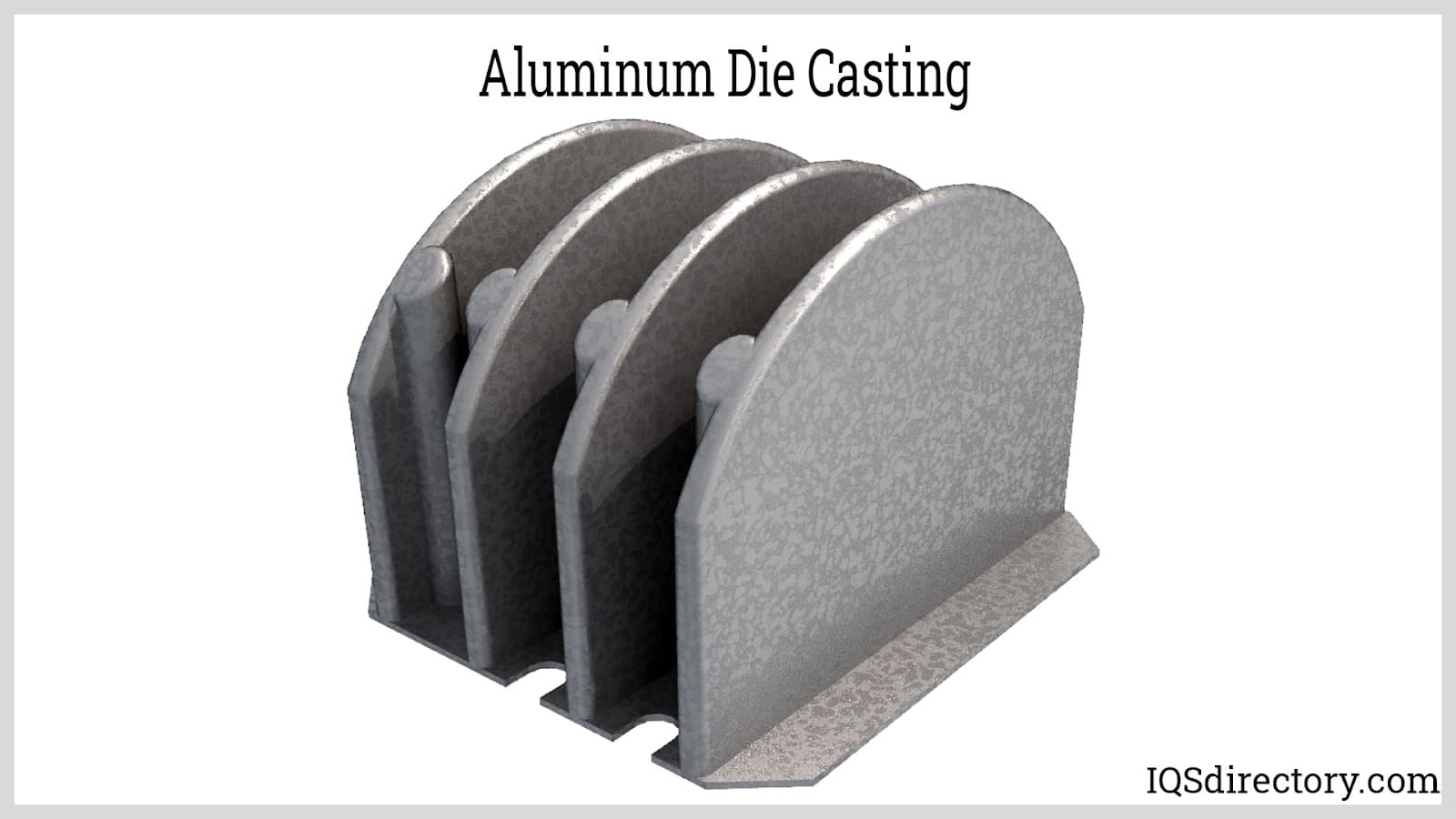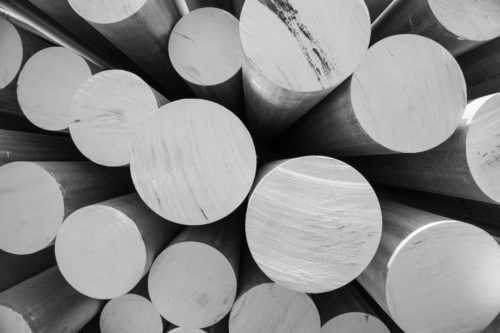The Only Guide for Stahl Specialty Company
The Only Guide for Stahl Specialty Company
Blog Article
10 Simple Techniques For Stahl Specialty Company
Table of Contents3 Easy Facts About Stahl Specialty Company DescribedThe Ultimate Guide To Stahl Specialty CompanyStahl Specialty Company Things To Know Before You BuyStahl Specialty Company Fundamentals ExplainedStahl Specialty Company for BeginnersThe Of Stahl Specialty Company

If you're developing a metal product, you have actually likely thought about utilizing aluminum as the base material. It has a high strength-to-weight ratio, great corrosion resistance, great formability, and aesthetic allure. These aspects have led to its raised popularity in recent times. Pure aluminum has actually limited applications, so it is often combined with various other aspects, such as silicon, magnesium, and manganese to form alloys.
Various elements and amounts produce a wide array of preferable physical and chemical buildings. And the Aluminum Association (AA), based in North America, has actually developed specifications that control light weight aluminum alloys' composition, residential or commercial properties, and language. There are two kinds of aluminum alloys functioned and cast. Factory workers form these alloy enters different methods, which significantly affects their attributes.
Stahl Specialty Company Fundamentals Explained
Cast light weight aluminum alloys are made by melting pure light weight aluminum and incorporating it with other steels while in liquid type. Then the mix is put into a sand, pass away, or investment mold. After solidification, the steel is eliminated from its mold. At this phase, it is in either its last kind or as a billet or ingot for more handling.

The fourth figure, which comes after the decimal factor, specifies if the alloy is a casting (xxx. Wrought light weight aluminum alloys also begin by combining liquified aluminum with other steels. In contrast to cast alloys, however, they are formed right into their last shape through procedures such as extrusion, rolling, and bending after the steel has actually strengthened into billets or ingots.
There are numerous small distinctions between wrought and cast aluminum alloys, such as that cast alloys can contain more considerable amounts of other metals than functioned alloys. But the most notable distinction between these alloys is the construction procedure where they will go to supply the end product. Besides some surface area therapies, cast alloys will exit their mold and mildew in practically the specific strong kind preferred, whereas wrought alloys will undertake several alterations while in their solid state.
If you think that a functioned alloy might be the most effective for your project, take an appearance at a few of our posts that clarify more regarding particular functioned alloys, such as Alloy 6061 and Alloy 6063. On the other hand, if you believe a cast alloy would be better for you, you can find out more concerning some cast alloys in our Alloy 380 and Alloy 383 short articles (coming soon).
Getting My Stahl Specialty Company To Work
When selecting a light weight aluminum foundry for your manufacturing demands, it's important to research a number of factors. One of one of the most critical elements to consider is the experience and skills of the foundry. Aluminum Casting. Selecting a foundry that has the right knowledge of the light weight aluminum spreading procedure, and the profile to show for it, helps to have an effective end result for your task
Having the experience and market expertise to engineer your castings for optimum production and high quality outcomes will simplify the job. Making aluminum spreading requires a facility collection of procedures to achieve the best results. When making a decision on a new light weight aluminum foundry to partner with, ensure they have comprehensive industry experience and are knowledgeable about all facets of the light weight aluminum spreading procedure: style, production, material analysis, and product screening.
The shop should also have a tried and tested performance history of providing outstanding items that satisfy or exceed client expectations. Quality control should additionally go to the top of your checklist when selecting an aluminum foundry. By dealing with a certified shop that complies with the requirements for high quality control, you can secure the stability of your product and ensure it satisfies your specifications.
By selecting a firm who offers services hop over to here that fulfill or exceed your product requirements, you can be certain that your job will be completed with miraculous accuracy and effectiveness. Specific aluminum shops focus on particular sorts of making procedures or casting techniques. Different parts require different production techniques to cast aluminum, such as sand spreading or die casting.
Not known Facts About Stahl Specialty Company
Pass away casting is the name provided to the process of producing complex metal components through usage of mold and mildews of the element, likewise understood as dies. It produces more parts than any kind of various other procedure, with a high level of precision and repeatability. There are three sub-processes that fall under the group of die spreading: gravity die casting (or permanent mold spreading), low-pressure die spreading and high-pressure die spreading.
After the purity of the alloy is checked, passes away are created. To prepare the passes away for casting, it is crucial that the dies are tidy, so that no deposit from previous productions stay.
Little Known Questions About Stahl Specialty Company.
The pure metal, likewise referred to as ingot, is contributed to the furnace and maintained at the molten temperature of the steel, which is then transferred to the shot chamber and infused into the die. The pressure is after that maintained as the steel strengthens. As soon as the steel strengthens, the cooling process begins.
(https://writeablog.net/stahlspecialc/stahl-specialty-company-is-one-of-the-largest-permanent-mold-foundries-in-the-us)
The thicker the wall surface of the part, the longer the cooling time since of the amount of interior steel that likewise requires to cool. After the component is fully cooled down, the die cuts in half open and an ejection system pushes the component out. Following the ejection, the die is shut for the next injection cycle.
The flash is the extra product that is cast during the process. This have to be cut off using a trim tool to leave simply the main part. Deburring eliminates the smaller items, called burrs, after the cutting procedure. Finally, the component is polished, or burnished, to give it a smooth surface.
The Greatest Guide To Stahl Specialty Company

Zinc is one of the most pre-owned alloys for die casting due to its reduced expense of raw materials. Its deterioration resistance also permits the parts to be long enduring, and it is one of the more castable alloys due to its reduced melting point.
As discussed, this alloy is among the most typically made use of, yet manufactures will, at times, pick aluminum over zinc because of light weight aluminum's production benefits. Aluminum is very cost-effective and one of the much more versatile alloys. Aluminum is used for a variety of different items and sectors anything from home window frames to aerospace materials.
Report this page